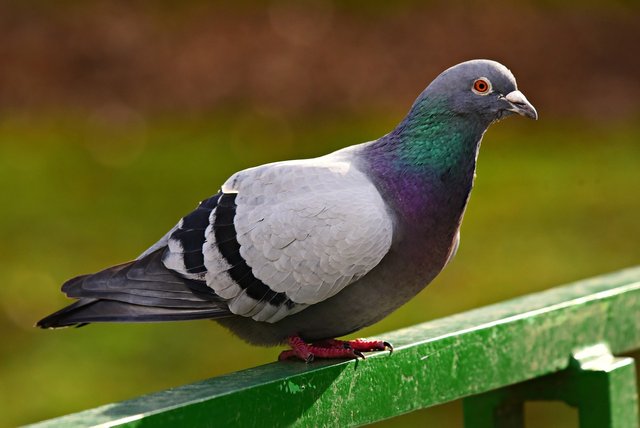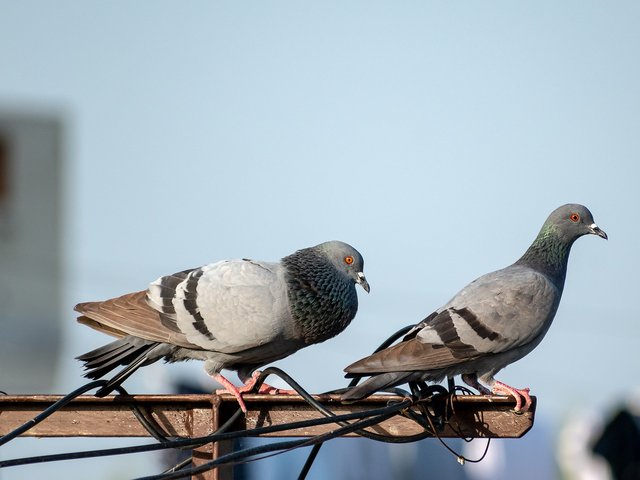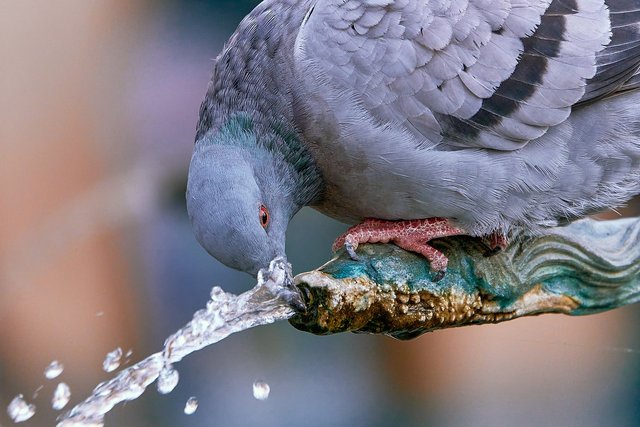Pigeons and how they breed

Pigeons are a type of bird that is known for its extraordinary ability to adapt to urban environments. They usually live in large groups and are often found around human settlements.
Characteristics of Pigeons
Physique: Medium sized with a fat body. The feathers are generally gray or white with varying colors and patterns depending on the subspecies.
Dietary Pattern: Pigeons primarily eat seeds, but can also eat human food scraps and other organic materials.
Voice: They have a distinctive call in the form of "kuk-kuk" which is often heard in cities.

How to breed
Pigeons have an interesting life cycle and breeding method:
Mate Search: Pigeons are usually monogamous, meaning they have one mate for a long time or even for life.
Nest Making: Pigeon nests are made from twigs, leaves and other fibers which they arrange neatly, often in high places and protected from disturbance.
Laying Period: Female doves usually lay two eggs at a time, although it is not uncommon for only one to hatch.
Egg and Baby Care: After laying eggs, the two parent doves will take turns to incubate the eggs. Once the dove chicks hatch, both parents will share the responsibility of feeding and looking after the chicks.
Child Development: Pigeon chicks will stay with their parents for a while after hatching, and they will fly out of the nest after a few weeks and find their own food.

Environmental Factors and Threats
Although doves can thrive quite well in urban environments, they also face several threats such as predators and human disturbance of their nests. However, their strong adaptability helps them survive in a variety of urban environments.
Overall, doves are an interesting example of how species can successfully thrive in human environments and how they adapt to rapid environmental change.
